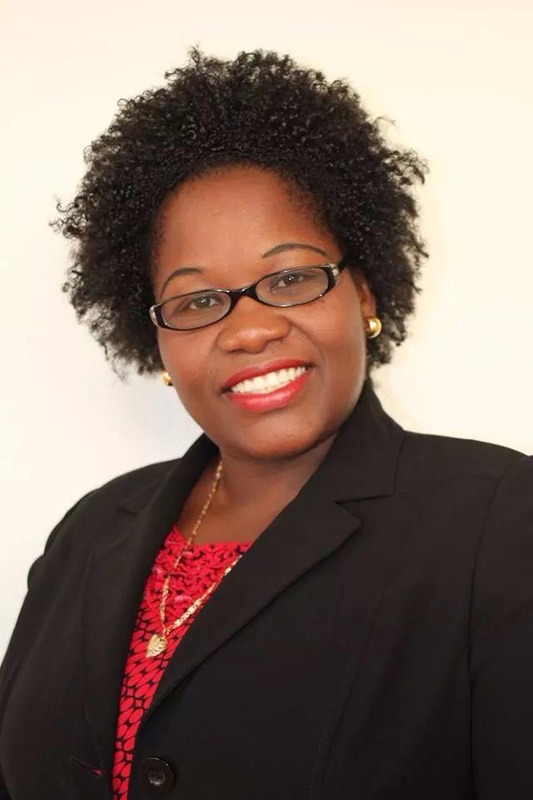Students from Montserrat Secondary School participated in the Disaster Management Coordination Agency (DMCA) tsunami simulation exercise on Thursday at Isle Bay to strengthen tsunami preparedness along Montserrat coasts.
The activity formed part of CARIBEWAVE, a tsunami exercise held annually in the Caribbean, Puerto Rico and the Virgin Islands under the direction of UNESCO and the Pacific Tsunami Warning Center.
The tsunami simulation exercise was based on a tsunami occurring, at the beach generated by an underwater earthquake where fifteen students and their teacher, Triscia Meade of the Montserrat Secondary School Form 3 Geography Class were having a field trip.
During the exercise conducted in real-time, the teacher observed the natural warning signs of an impending tsunami and informed the Montserrat Fire and Rescue Service (MFRS) via 911 of what the class had observed. The MFRS then notified the DMCA, and the sirens were sounded.
The students and their teacher analyzed the tsunami warning signs observed and took action by evacuating to higher ground as quickly as possible to an area on Isle Bay Hill designated as the Muster Point, and a physical head count was conducted.
The simulation tsunami exercise tested some aspects of the Montserrat warning and emergency communication system.
Director of the DMCA Lieutenant Colonel Alvin Ryan highlighted that the simulation exercise was a resounding success. He applauded the level of coordination and readiness displayed by all DMCA staff, the Montserrat Fire and Rescue Service, the teacher and the students.
Lieutenant Colonel Ryan expressed that the exercise has helped the DMCA to identify areas where the agency could improve its response and strengthen coordination protocols for any tsunami threat.
Tsunami Simulation exercises are critical to test the DMCA response plans to maintain adequate emergency preparedness, especially in areas where tsunamis can have a very high impact.
Montserrat has had tsunami events in the past generated by the eruption of the Soufriere Hills Volcano, and due to its geographical location in a seismically active area, some of the island’s coasts are vulnerable to tsunamis triggered by distant sources. There have been three occasions when collapses of the dome at the Soufrière Hills entered the sea and generated tsunamis on Montserrat. They are the December 26, 1997 collapse in White River valley that generated a small tsunami in Old Road Bay and the collapses on July 13, 2003 and on May 20, 2006, that, generated wave heights around the Tar River Valley up to 6-8 metres. These tsunamis were very localized and would not have been seen at other locations.
A tsunami is caused by an underwater earthquake, volcanoes, or landslides, and can occur at any time of the year, day or night, but they are not very common (occurring approximately once per year). Tsunamis have claimed lives, demolished homes and destroyed communities across the world. In the past 100 years, 58 tsunamis have killed more than 260,000 people, higher than any other natural hazard.
The objectives of the CARIBEWAVE Exercise are to test and evaluate the operations of the Caribbean Tsunami Warning System, to validate preparedness response to a tsunami, and the use of the (Pacific Tsunami Warning Center enhanced tsunami products for the Caribbean, as well as assist in tsunami preparedness efforts of the emergency management agencies in those areas.
Discover more from Discover Montserrat
Subscribe to get the latest posts sent to your email.







